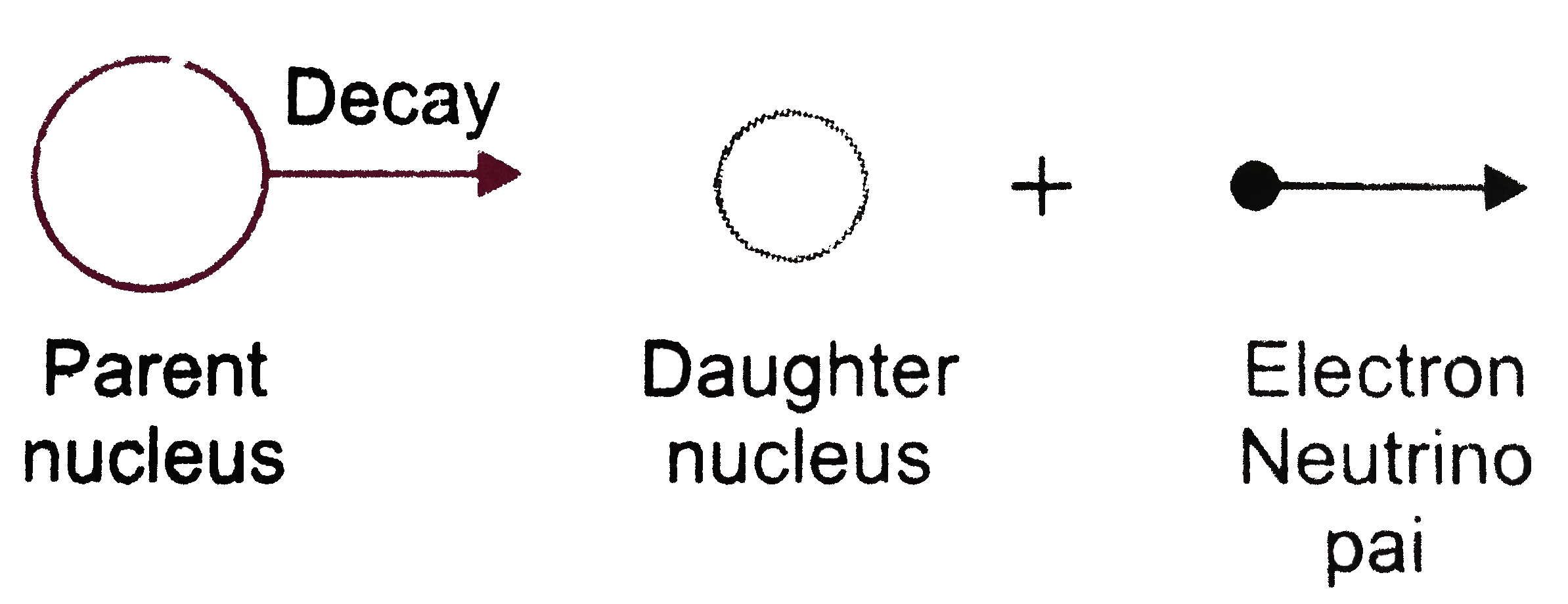Complete Solutions to Type F of chapter WORK, POWER AND ENERGY of Class 11 book with complete answers and questions
| Class 11 | PHYSICS |
| Chapter | WORK, POWER AND ENERGY |
| SL ARORA | Type F |
| Number Of Questions | 15 |
| Academic Year | 2023-24 |
Two bodies of masses 5 kg and 3 kg moving in the same direction along the same straingh line with velocities `5 ms^(-1)` and ` 3 ms^(-1)` respectively suffer one-dimensional elastic collision . Find their velocities after the collision .
View SolutionA 10 kg ball and 20 kg ball approach each other with velocities `20 ms^(-1)` and ` 10 ms^(-1)` respectively . What are their velocities after collision if the collision is perfectly elastic ?
View SolutionTwo ball bearings of mass m each moving in opposite directions with each speeds v collide head on with each other . Predict the outcome of the collision , assuming it to the perfectly elastic.
View SolutionA railway carriage of mass 9000kg moving with a speed of `36kmh^(-1)` collides with a stationary carriage of the same mass. After the collision, the two get coupled and move together. What is this common speed ? What type of collision is this?
View SolutionA ball of 0.1 kg makes an elastic head on collision with a ball of unknown mass that is initially at rest. If the 0.1kg ball rebounds at one third of its original speed, what is the mass of the other ball?
View SolutionWhat percentage of `K.E.` of a moving particle is transferred to a stationary particle, when moving particle strikes with a stationary particle of mass (a) 19 times in mass (b) equal in mass (c) `(1)/(19)` th of its mass ?
View SolutionA body of mass M at rest is struck by a moving body of mass. Prove that the fraction of the initial kinetic energy of mass transferred to the struck body is `(4Mm)/((m+M)^(2))`
View SolutionA ball is droped to the ground from a height of 2 m . The coefficient of restitution is 0.6. To what height will the ball rebound?
View SolutionA ball is dropped vertically from a height of 3.6 m. It rebounds from a horizontal surface to a height of 1.6 m . Find the coefficient of restitution of the material of the ball.
View SolutionA ball is dropped from a heigth H. It rebounds from the ground a number of times. If coefficient is e, to what height does it go after nth rebounding ?
View SolutionSphere A of mass 'm' moving with a constant velocity u hits another stationary sphere B of the same mass. If e is the co-efficient of restitution, then ratio of velocities of the two spheres `v_(A):v_(B)` after collision will be :
View SolutionA nucleus of radium ` (._(88)Ra^(226))`
decays to `._(86)Rn^(222)`
by emisson of `alpha-` particle `(._(2)He^(4))` of energy `4.8MeV`. If meass of `._(86)Rn^(222)=222.0 a.m.u` mass of `._(2)He^(4)` is `4.003 ` a.m.u. and mass of `._(88)Ra^(226)` is `226.00826` a.m.u., then calculate the recoil energy of the daughter nucleus. Take ` 1 a.m.u. =931MeV`
View SolutionIn the bets decay of `Na^(24)`, the combined electron neutrino momentum has a magnitude equal to `4MeV//c.`What is the recoil energy of daughter nucleus , given that its mass `23.99u`? Take `c=3xx10^(8)m//s` and `1u=1.66xx10^(-27)kg`.

View SolutionA ball moving with a speed of `9m//s` strikes an identical ball at rest, such that after the collision, the direction of each ball makes an angle of `30^(@)` with the original line of motion. Find the speeds of the two balls after collision.
View SolutionA ball moving on a horizontal frictionless plane hits an identical ball at rest with a velocity of `0.5m//s`. If the collision is elastic, calculate the speed imparted to the target ball, if the speed of projectile after the collision is `30cm//s`. Show that the two balls will move at right angles to eachother, after the collision.
View Solution
Type F questions and complete solutions for chapter WORK, POWER AND ENERGY of DHANPAT RAI & CO PHYSICS (HINGLISH) of Class 11